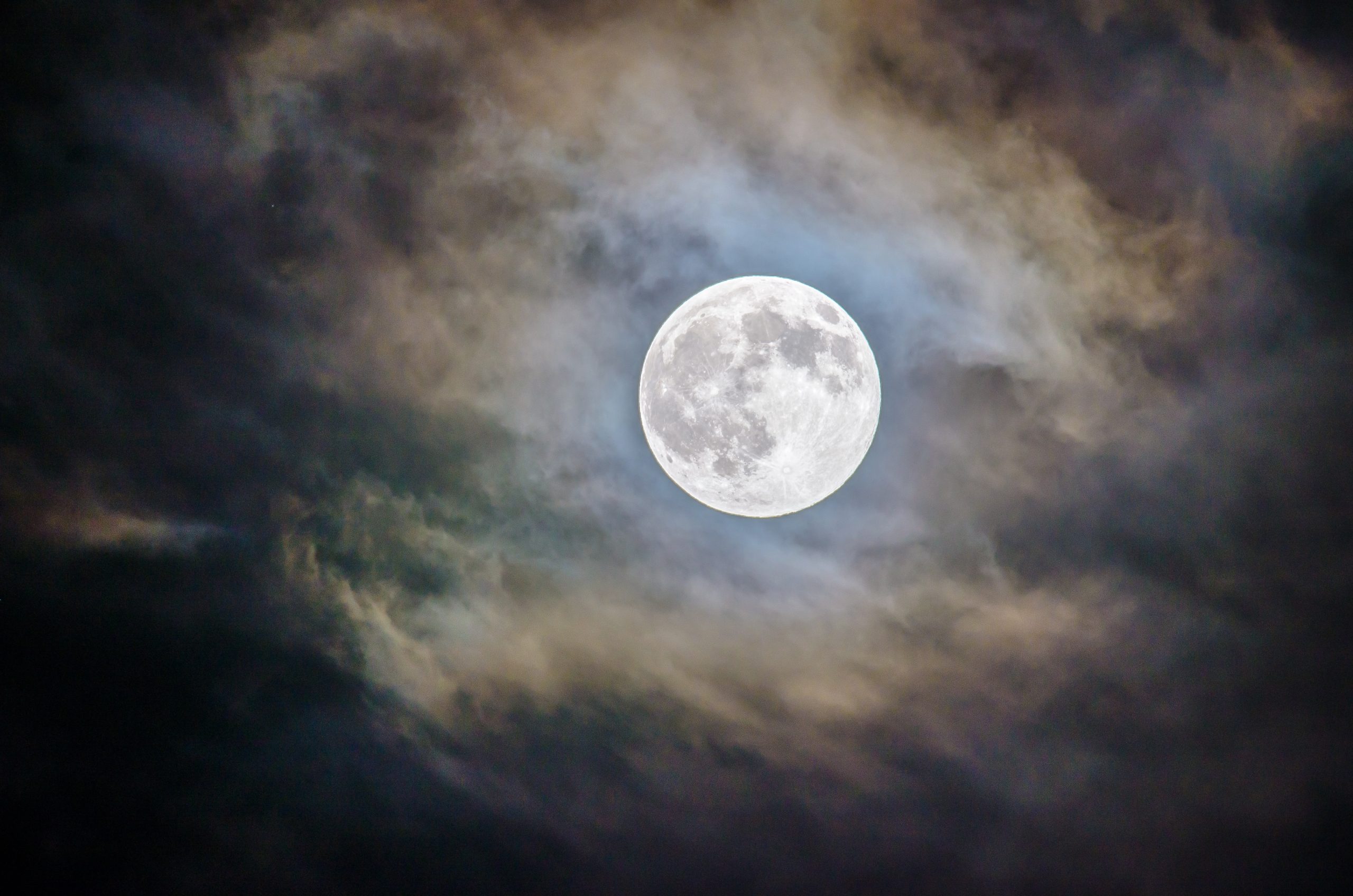Native American Land Beliefs: Honoring the Connection to Mother Earth
The indigenous peoples of North America have a deep-rooted connection to the land, viewing it not merely as a resource but as a sacred entity that sustains life. Native American land beliefs are diverse, reflecting the rich cultural tapestry of over 500 distinct tribes and nations across the continent. This blog post aims to explore some common themes and traditions that underpin the spiritual relationship between Native Americans and the land they have inhabited for thousands of years.
The Land as a Living Being
Unlike mainstream Western perspectives that often treat the environment as something to be conquered or exploited, Native American cultures regard the land as a living being. Many tribes believe that the Earth is their mother, providing all the necessary resources for survival and flourishing. This perception nurtures a sense of reciprocity and respect for the land, framing human existence as part of an interconnected whole.
In Native American cosmology, the land is seen as an animate entity with its own consciousness and spirit. The Great Plains tribes, such as the Lakota Sioux, refer to this concept as Mother Earth or Turtle Island. The term Turtle Island derives from the belief that North America rests on the back of a giant turtle, symbolizing the land’s stability and sacredness.
Not only is the land considered alive, but specific geographic features are also believed to possess spiritual significance. Mountains, rivers, and lakes are often considered holy sites where celestial forces and divine beings dwell. For instance, the Wintu people of California regarded Mount Shasta as a powerful spiritual center, associating it with healing and renewal.
Land as Ancestral Home
Native American land beliefs are often closely intertwined with notions of ancestral connection. Many tribes trace their origins back thousands of years and have enduring ties to specific regions and landscapes. The land, for them, is not merely a inhabited space but a spiritual home where their ancestors reside and continue to impart wisdom and guidance.
The Navajo, known as the Diné, visualize their homeland in the southwestern United States as Dinétah, a sacred space bestowed upon them by their deities. Diné people believe that their First Man and First Woman emerged from four sacred mountains in the region and consequently consider these mountains as fundamental to their identity and spiritual practices.
Similarly, the Ojibwe people of the Great Lakes region identify their ancestral land as Turtle Island, believing that their initial migration to this continent took place on the back of a turtle. The connection to their ancestral land grounds their culture and sustains their spiritual well-being.
Stewardship and Conservation
Native American land beliefs emphasize the importance of responsible stewardship of the Earth. Unlike the dominant Western approach that prioritizes exploitation and profit, indigenous cultures advocate for a sustainable relationship with the land for the benefit of present and future generations.
Traditional practices, such as controlled burns, selective harvesting, and respectful hunting, were developed to maintain the balance of ecosystems and preserve biodiversity. The indigenous peoples understood that a harmonious relationship with the land necessitated taking only what was necessary and giving back in return.
Contemporary Native American environmental movements continue this tradition of stewardship, blending cultural values with modern conservation strategies. The “Keep It in the Ground” movement, for example, led by Native American activists, seeks to protect sacred sites and prevent the extraction of natural resources from indigenous lands that could harm the environment and infringe on tribal sovereignty.
Challenges and Contemporary Land Struggles
Native American land beliefs have faced numerous challenges throughout history, particularly since the arrival of European settlers in the Americas. Colonization, forced removal, and the reservation system disrupted the spiritual relationship between tribes and their ancestral lands. Sacred sites were destroyed, and traditional land-use practices were suppressed.
Moreover, many Native American communities today are in constant battles to protect their remaining lands from encroachment, industrial development, and pollution. Environmental degradation caused by activities like mining, fracking, and pipeline construction threatens not only the physical health and well-being of indigenous peoples but also their spiritual connection to the land.
Efforts to reclaim and protect tribal lands have gained momentum in recent years. The acknowledgment of Indigenous land rights, collaboration between tribes and environmental organizations, and legal activism have enabled indigenous communities to assert their sovereignty and fight for the preservation of their sacred landscapes.
Conclusion
Native American land beliefs exemplify a profound reverence for the Earth and recognition of its intrinsic value beyond material resources. The land’s animate nature, ancestral significance, and the imperative of responsible stewardship weave together to form the spiritual fabric of Native American cultures.
As society grapples with environmental crises and debates over sustainable practices, perhaps we can draw inspiration from indigenous wisdom to forge a deeper connection with the land we inhabit. By nurturing our relationship with Mother Earth and embracing the principles of reciprocity and respect, we can move towards a more harmonious coexistence with the natural world.
| Smithsonian National Museum of the American Indian | https://americanindian.si.edu/ |
| National Congress of American Indians | https://www.ncai.org/ |
| Standing Rock Sioux Tribe | https://www.standingrock.org/ |
Table of Contents
